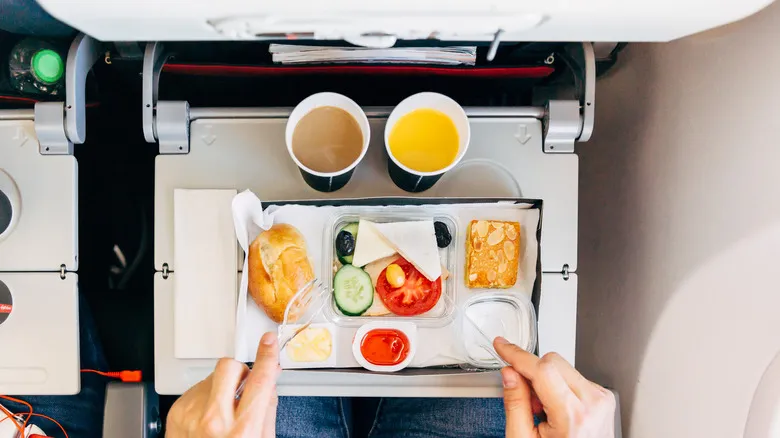Catering companies on the ground produce thousands of prepackaged meals
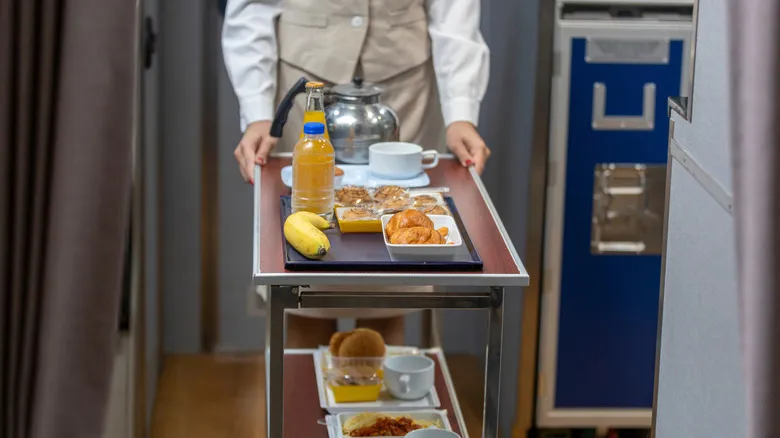
The evolution of in-flight meals has seen numerous fluctuations over the years. From the lavish offerings of the 1960s to the significant budget reductions following the September 11 attacks and the COVID-19 pandemic, the airline industry has continually adapted to meet consumer demands. Today, the process is streamlined, with catering companies providing menus designed by the airlines. The selection of in-flight food is constantly evolving, influenced by seasonal ingredients, current trends, and customer feedback.
Food production facilities are usually situated near airports and operate on a large scale, requiring complex logistical arrangements. However, these centers resemble kitchens more than factories, as chefs carefully design menus, prepare ingredients, and cook meals. For dishes that include meat, the protein is typically fully cooked at the facility. All meals are heated to a specific temperature before being cooled. To maintain food safety, the meals are never left out for long and are quickly loaded onto the aircraft while being kept refrigerated. Cutlery is pre-packaged, and the food is served in portioned trays. By the time the meals are on the plane, most of the preparation has already been completed.
Specially flavored airplane food is heated using on-board ovens
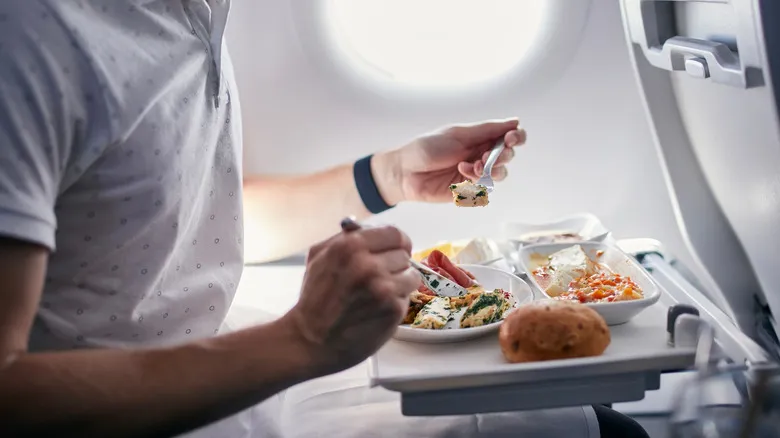
The food that leaves the catering facility and boards the airplane is quite different from what you might find elsewhere. While you may not realize it during your flight, the taste can diminish by as much as 30% at high altitudes. This is one reason to think twice about ordering premium wine on a plane, as it affects the overall flavor experience. To counteract this loss of taste, airplane meals often contain higher levels of sodium, which is the easiest way to enhance flavor. Additionally, the meals are designed to amplify acidic and savory notes, which are more easily perceived in the air.
Once on board, airplane meals must be reheated in a specific way. Traditional methods like microwaves, open flames, or stovetops are not permitted; instead, a specialized convection oven is used for reheating. The food typically arrives pre-frozen and partially cooked, which helps with shelf stability and reduces concerns about raw ingredients. The role of flight attendants in meal preparation is minimal, making it primarily a ground-based process. While in-flight coffee may not be the most hygienic, you can be assured that the onboard meals are carefully crafted for safe consumption.
Recommended
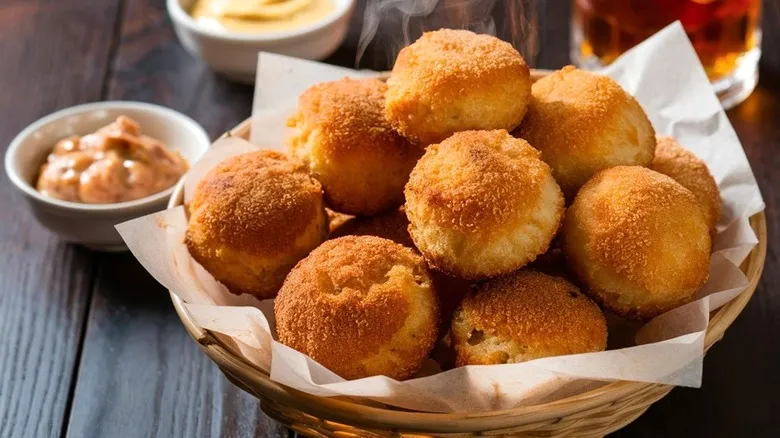
Why You'll Always Find Hush Puppies At A Southern Fish Fry

The Finger-Licking History Of Artificial Sweeteners
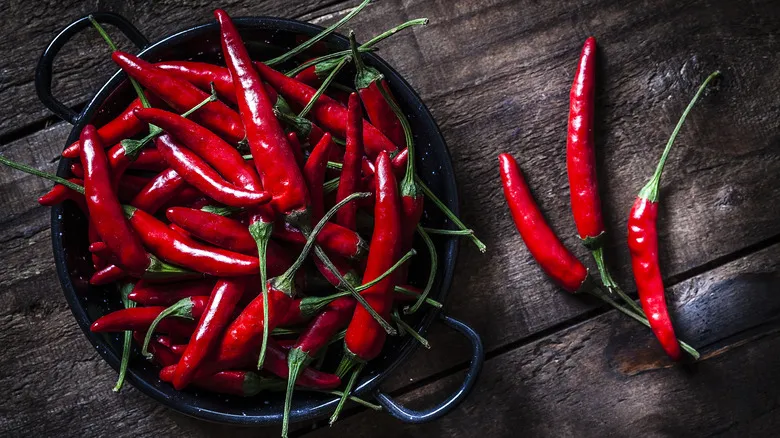
Yes, You Can Increase Your Spice Tolerance. Here's How
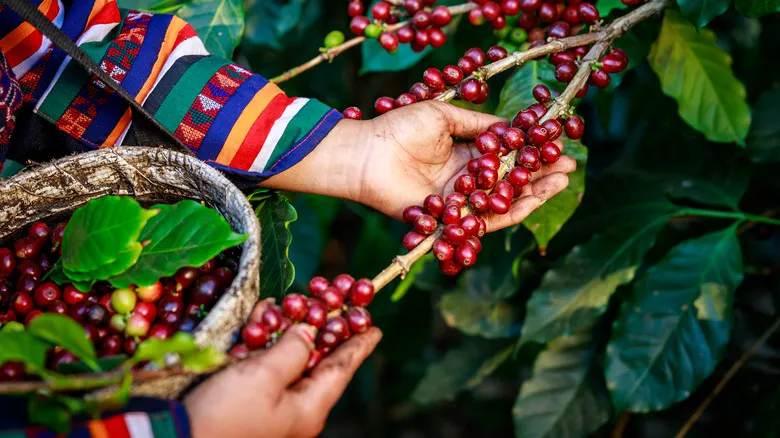
What Your Coffee's Source Country Tells You About Its Flavor
Next up

